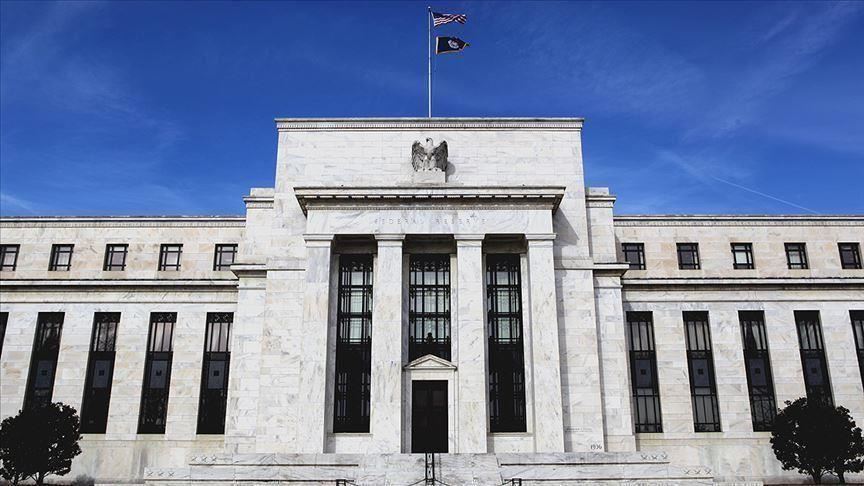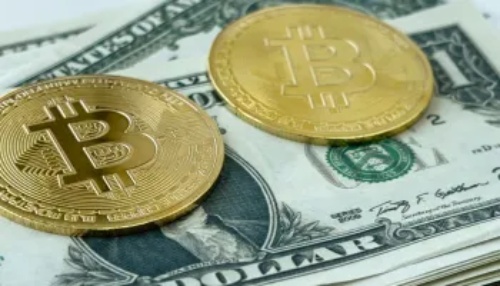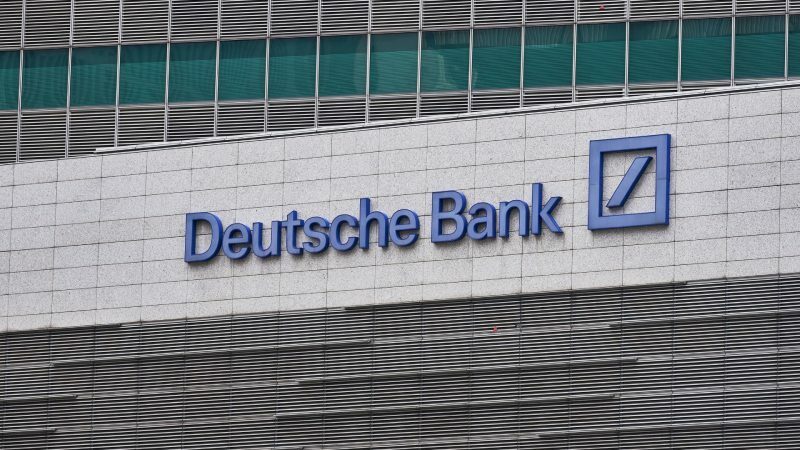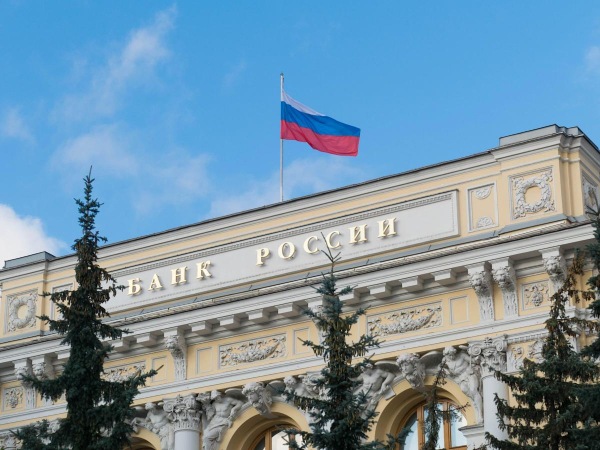The market has changed its perspectives on how the Federal Reserve will increases interest rates

The Federal Reserve is relied upon to begin raising rates one month from now and not delayed down until well into 2023.
Market estimating has pulled back in regards to the speed of increments, with assumptions now for a 25 premise point, or 0.25 rate point, expansion in March.
All things considered, JPMorgan Chase boss business analyst Bruce Kasman said last week that he anticipates that the Fed should climb at every one of its next nine gatherings.
That change came after dealers had been valuing a move twofold that size at the March 15-16 Federal Open Market Committee meeting. National brokers have been splashing expecting to go up 50 premise focuses at the gathering, with New York Fed President John Williams saying last week that there is “no unquestionable case” for the move.
The Federal Reserve is relied upon to begin raising loan costs one month from now and not delayed down until well into 2023, however the slant of the increments may be a piece gentler.
Occasions throughout the most recent week, including explanations from various Fed authorities and, less significantly, international strife, have persuaded markets that the top notch move will be only a quarter rate point.
“I’m not so stressed over whether or not they do 50 [basis] calls attention to of the entryway. In any case, I likewise figure they shouldn’t go overboard here,” said Jim Paulsen, boss venture specialist at the Leuthold Group. “You can do 25, and to do another soon, you can get it done, instead of adding extra interruption or vulnerability.”
All things considered, it hasn’t made financial backers any less anxious with regards to what the way forward will resemble.
Without a doubt, markets have been unpredictable in 2022 as expansion has spun out of control and driven the Fed into a position where it is basically being compelled to fix strategy. Purchaser costs are up 7.5% throughout the most recent year, well in front of the 2% level that the Fed considers good for expansion.
The Russia-Ukraine struggle has added one more kink for the Fed. Costs for certain wares, for example, energy and grains have flooded higher as the possibility of an out and out Russian attack has increased. Taken care of authorities should gauge the benefits of climbing rates to battle expansion against any potential financial stoppage the matter could cause.
Markets have been playing a speculating game this year, attempting to sort out exactly how far the Fed will go. Current assumptions are a conviction for a March increment and a somewhat better than half likelihood that the Fed will institute seven climbs this year, which would convert into a raise at every one of its leftover gatherings, as indicated by CME Group information.
Toward the end of last week, for example, JPMorgan Chase boss financial specialist Bruce Kasman said he anticipates that the Fed should climb at every one of its next nine gatherings.
Be that as it may, Paulsen and others say they don’t think what is going on factors much into Fed reasoning, and most business analysts expect rate climbs to continue as expected.
“Assuming you will really do spectacular exhibition out of the entryway, or let it hang out there that you may, it simply adds more vulnerability,” he said. “It would be more useful on the off chance that the Fed said we will arrive at this point, yet we will be estimated.”
“I will watch the information near judge the fitting size of an expansion at the March meeting,” Bowman said.
One major information point comes Friday, when the Commerce Department delivers its own pay and expenses report for January that will incorporate the individual utilization uses value record, the Fed’s favored expansion measure. Policymakers will be centered around the supposed center PCE information, which rejects food and energy and is relied upon to show a 5.1% year-over-year increment including a 0.5% leap for the month.
Citigroup market analyst Andrew Hollenhorst said “we would view in a serious way,” in light of Bowman’s discourse, that a huge first move is in any event “reliant upon the forthcoming homegrown information.”
“Obviously, it is one more misrepresentation to say that expansion has significantly surpassed the moderate steady overshooting of 2% the Committee looked for before and that an approach change is all together,” Evans said. “However, how large will it should be?”
Chicago Fed President Charles Evans said during an appearance in New York Friday that “the current position of money related strategy is off-base footed and needs significant change.” The words were outstanding from a FOMC part commonly viewed as one of the most timid, or for free arrangement and low financing costs.
One major information point comes Friday, when the Commerce Department delivers its own pay and costs report for January that will incorporate the individual utilization uses value file, the Fed’s favored expansion measure. Policymakers will be centered around the supposed center PCE information, which avoids food and energy and is relied upon to show a 5.1% year-over-year increment including a 0.5% leap for the month.
Disclaimer: The views, suggestions, and opinions expressed here are the sole responsibility of the experts. No THE CASH WORLD journalist was involved in the writing and production of this article.






